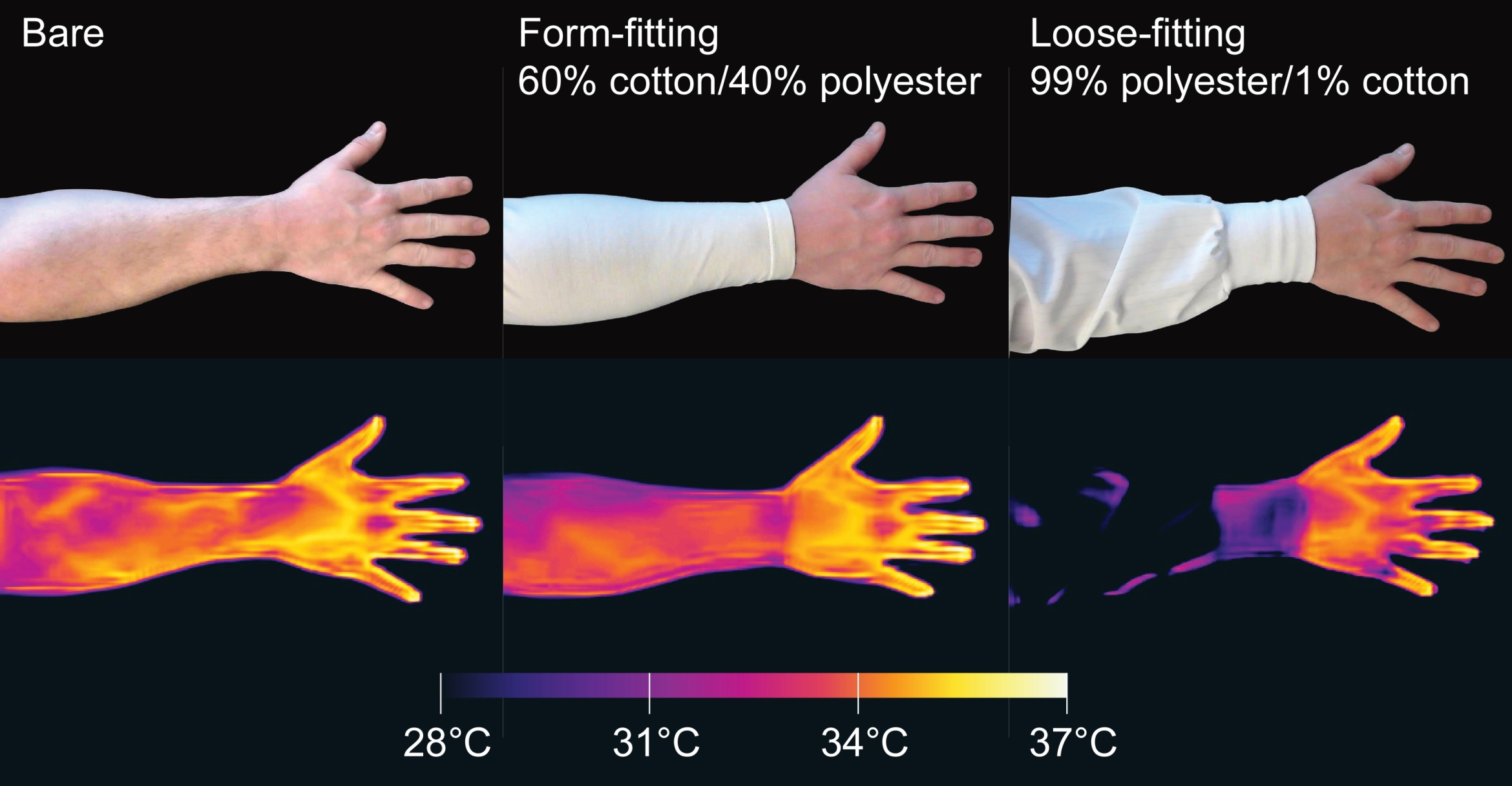There’s one thing about us that mosquitoes simply love. Along with our odor, and our breath, our uncovered pores and skin acts as a type of neon signal promoting that this blood bar is open for enterprise.
That is as a result of mosquitoes use infrared sensing of their antennae to trace down their prey, a brand new research has discovered.
In lots of components of the world, mosquito bites are greater than an irritation, able to spreading pathogens like dengue, yellow fever, and Zika virus. Malaria, unfold by the Anopheles gambiae mosquito, prompted greater than 600,000 deaths in 2022, in keeping with World Well being Group statistics.
To keep away from severe illness, and even only a case of maddening itchiness, we people are fairly eager to seek out methods to stop mosquito bites.
Analysis led by scientists from the College of California Santa Barbara (UCSB) discovered that mosquitoes use infrared detection – together with different cues we already knew about, like a nostril for the CO2 in our breath, and sure physique odors, to hunt out hosts.
“The mosquito we research, Aedes aegypti, is exceptionally expert at discovering human hosts,” says UCSB molecular biologist Nicholas Debeaubien.
However mosquitoes’ imaginative and prescient is not too good, and smells will be unreliable if it is windy or the host is transferring. So the crew suspected infrared detection may supply the bugs a dependable assist to find meals.
Solely feminine mosquitoes drink blood, so the researchers offered cages every containing 80 feminine mosquitoes (round 1-3 weeks previous) with quite a lot of dummy ‘hosts’ represented by combos of thermoelectric plates, CO2 on the focus of human breath, and human odors, and recorded 5 minute movies to watch their host-seeking behaviors.
They outlined these as “a mosquito touchdown, strolling and lengthening its proboscis by way of the mesh of the cage, which is harking back to a feminine touchdown on a human after which strolling whereas sampling the pores and skin floor with its labellum.”
A few of the mosquitoes had been offered with a thermoelectric plate set to the typical temperature of human pores and skin of 34 levels Celsius (93 °F), which additionally served as a supply of infrared radiation. Others had been set to an ambient temperature of 29.5 °C – a temperature mosquitoes are identified to get pleasure from, however emits no infrared.
Every cue by itself – CO2 , odor, or infrared – did not pique the mosquitoes’ curiosity. However the insect’s obvious thirst for blood elevated twofold when a setup with simply CO2 and odor had the infrared issue added.
“Any single cue alone would not stimulate host-seeking exercise. It is solely within the context of different cues, similar to elevated CO2 and human odor that IR makes a distinction,” says UCSB neurobiologist Craig Montell.
The crew additionally confirmed the mosquitoes’ infrared sensors lie of their antennae, the place they’ve a temperature-sensitive protein, TRPA1. When the crew eliminated the gene for this protein, mosquitos had been unable to detect infrared.

The findings assist clarify why mosquitoes appear notably drawn to uncovered pores and skin, and why loose-fitting clothes – by way of which infrared is dissipated – is such an efficient invisibility cloak in opposition to them.
It may also result in some barely extra high-tech defenses in opposition to mosquitoes, just like the potential to create traps that make use of skin-temperature thermal radiation as a lure.
“Regardless of their diminutive dimension, mosquitoes are accountable for extra human deaths than some other animal,” DeBeaubien says.
“Our analysis enhances the understanding of how mosquitoes goal people and presents new prospects for controlling the transmission of mosquito-borne ailments.”
This analysis is printed in Nature.



